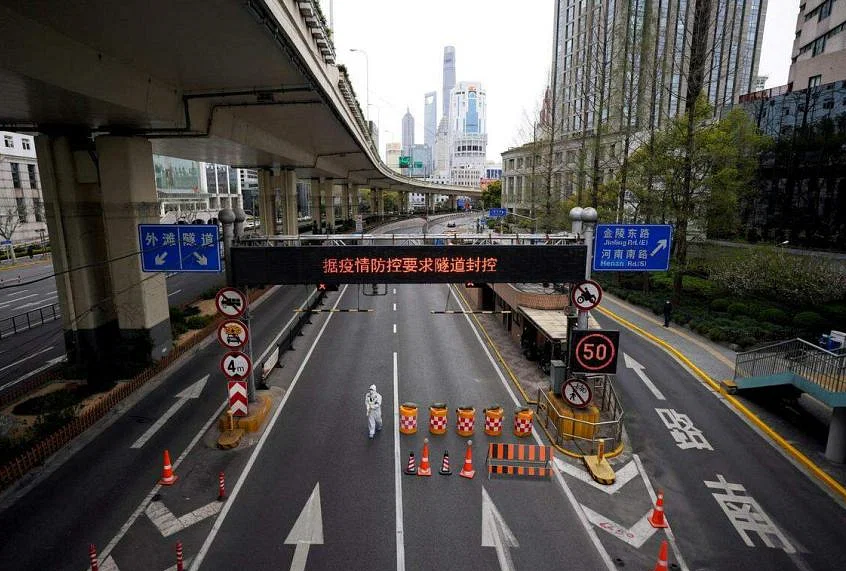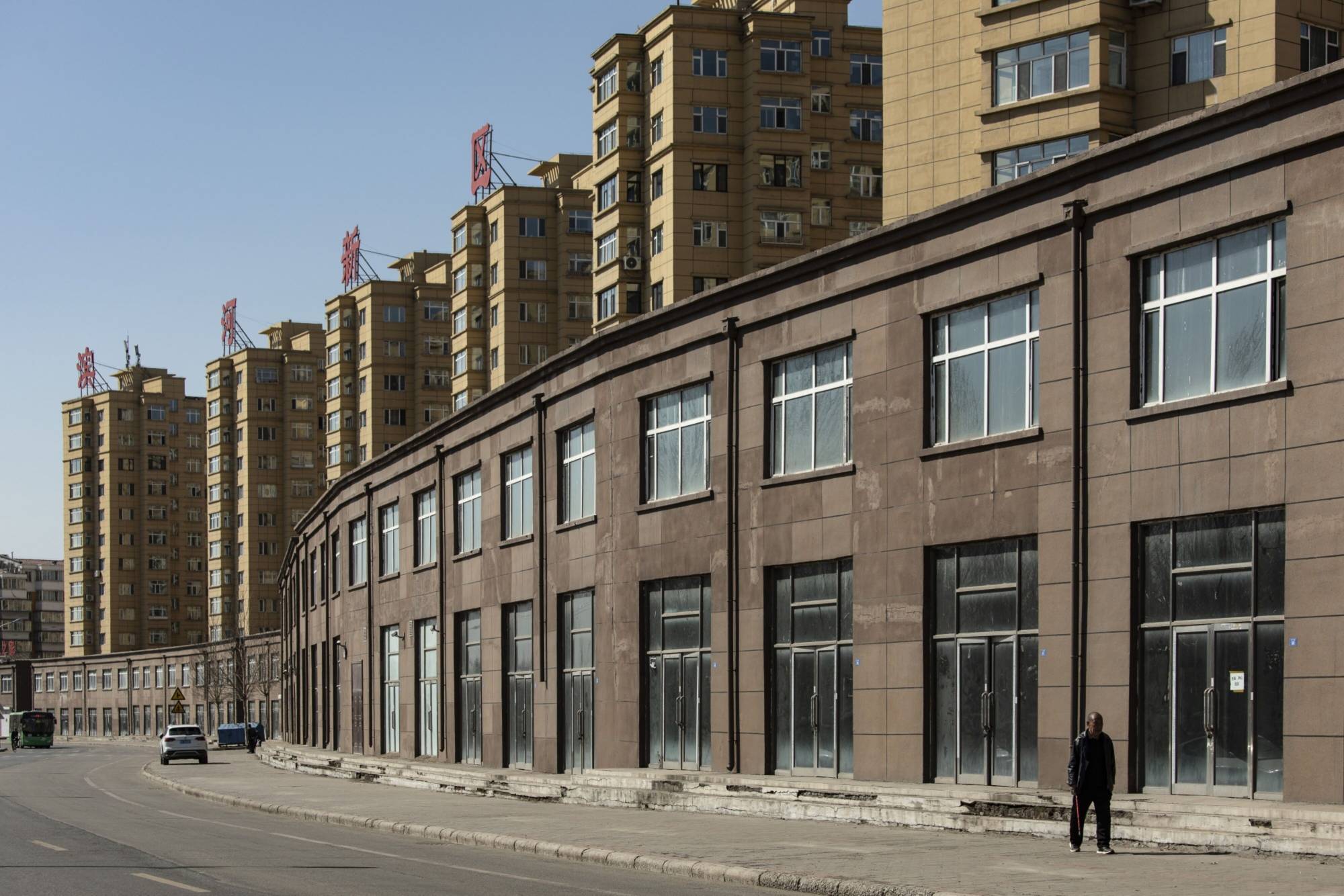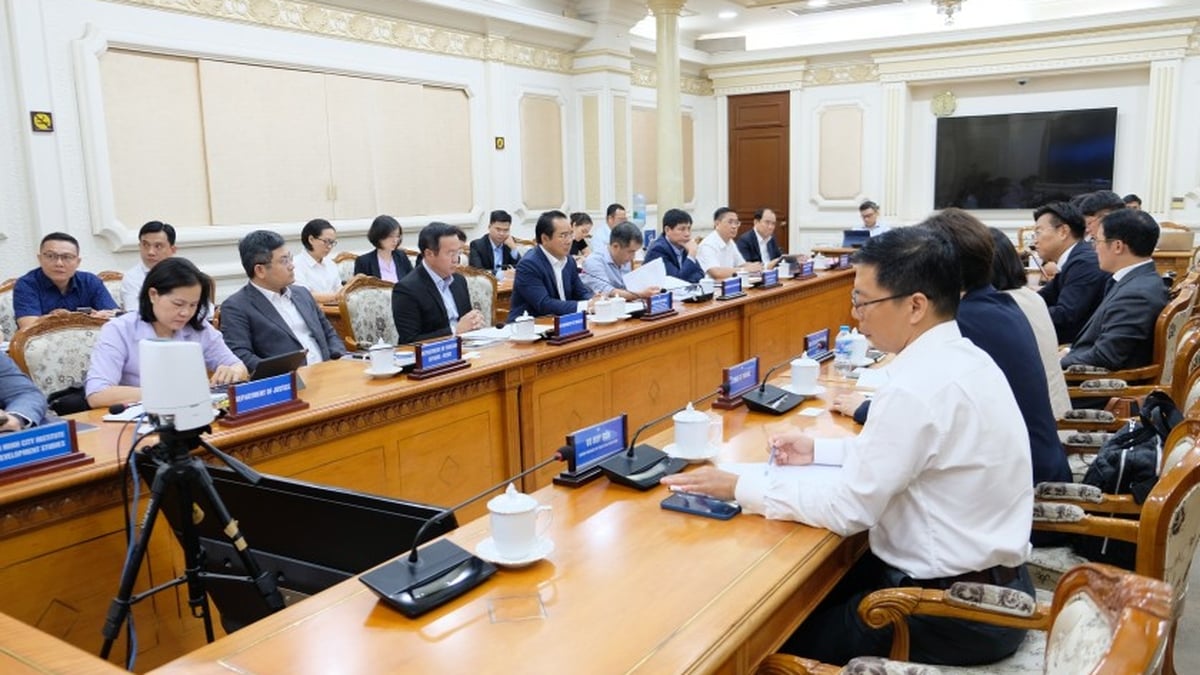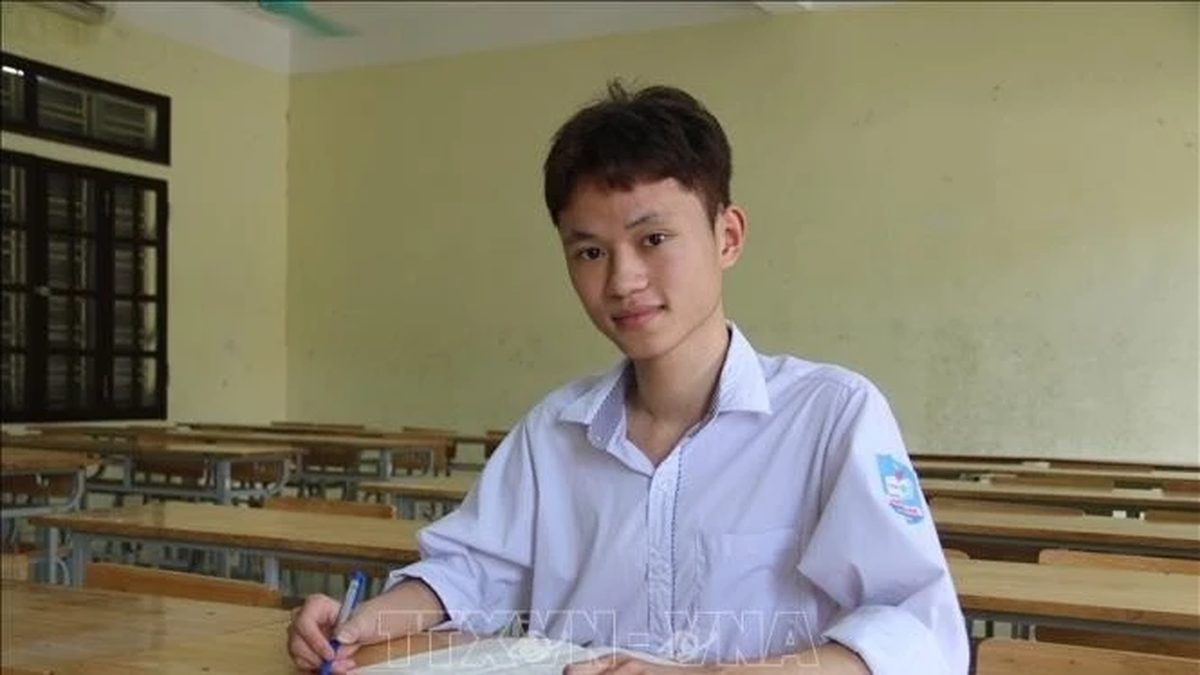
Civil servants in wealthy cities like Shanghai are seeing pay cuts.
In 2021, a coal mining city in China’s remote northeast was forced to undergo an unprecedented budget restructuring. Its struggles are a worrying sign for President Xi Jinping’s government , as other cities are saddled with debt and facing the risk of further defaults.
Tip of the iceberg
Hegang, a city of fewer than 1 million people in Heilongjiang province near the Russian border, had debts more than double its fiscal revenue when it defaulted 18 months ago. Now its residents are tightening their belts.
Some locals are complaining of freezing temperatures during the harsh winter due to a lack of gas for heating, public school teachers are worried about layoffs, and street sweepers say their paychecks have been delayed by up to two months, according to Bloomberg.
According to Bloomberg, Hegang represents the tip of the iceberg of China’s local government debt problem, which is increasingly unsettling investors and threatens to become a drag on the world’s second-largest economy in the coming years.
US bank Goldman Sachs estimates China's total public debt is now around $23 trillion, a figure that includes bad loans from thousands of financial companies set up by provincial and city governments.
While the risk of municipal debt default in the East Asian nation is low thanks to the strong central government backstop, the bigger worry is that local governments may be forced to tighten spending, or cut budgets that should have been poured into growth-boosting projects and divert them to debt repayment.

Hegang City had to restructure its budget nearly 18 months ago.
Risk of spreading
"In a few years, many Chinese cities will become the second or third Hegang," Bloomberg quoted Song Houze, an economist at MacroPolo, a policy research organization in Illinois, as saying. Mr. House noted that China's aging and shrinking population means many cities lack the human resources needed to maintain rapid economic growth and maintain effective tax revenue.
“The central government can maintain stability in the short term by asking the banking system to roll over loans to local governments,” Song said. However, without rolling over loans, more than two-thirds of localities will default on their debts, the American expert analyzed.
In Heilongjiang province, where Hegang City is located, bond investors are starting to become wary of the risks posed by local government debt. Budget restructuring could be implemented if interest payments on municipal bonds exceed 10 percent of spending; or if local leaders feel it is necessary.
Guangdong-based Yuekai Securities estimates that as many as 17 cities will have bond interest payments that exceed their budget spending by more than 7% in 2020, approaching the 10% threshold. These cities are mostly in China’s poorer provinces such as Liaoning in the northeast and Inner Mongolia in the north.
The problem is also present in cities outside this group. The city of Shangqiu in Henan province, with a population of 7.7 million, recently made headlines in China after it nearly stopped providing bus service, according to The Nikkei .
In Wuhan and Guangzhou, proposals to cut pensioner health benefits have led to rare street protests in 2023, the South China Morning Post reported in February. Civil servants in wealthy cities like Shanghai have also seen their salaries cut. In Guizhou province, local officials have pleaded with Beijing to release a financial bailout.
Over the years, Beijing has urged local governments to cut public debt risks, especially “hidden debt” from locally established financial companies that do not appear on official balance sheets.
Stanford University political science professor Jean Oi said the problem of local government debt is widespread across China. "While the wealthier coastal areas will have more opportunities to repay their debts and have resources to draw on, less developed areas like Hegang will have a harder time managing and are limited in what they can do," Oi said.
Source link




















































![[Maritime News] More than 80% of global container shipping capacity is in the hands of MSC and major shipping alliances](https://vphoto.vietnam.vn/thumb/402x226/vietnam/resource/IMAGE/2025/7/16/6b4d586c984b4cbf8c5680352b9eaeb0)













































Comment (0)